Java语法学习线程基础
大纲
- 概念
- 创建线程
- 线程终止
- 常用方法
- 用户线程和守护线程
- 线程的七大状态
- 线程的同步
- 互斥锁
- 线程死锁
- 释放锁
具体案例
1.概念





2. 创建线程

第一种:
class Cat extends Thread {
int time = 0;
@Override
public void run() {
while (true) {
System.out.println("只不过是些许风霜罢了" + time++);
try {
Thread.sleep(1000);
} catch (InterruptedException e) {
throw new RuntimeException(e);
}
if (time == 6){
break;
}
}
}
}
调用star方法开启支线程,如果不用star,直接调用run方法,那么相当于一个主线程的普通的方法,会让主线程按照顺序执行下去
而开启支线程,主线程和支线程是分开独立,互不影响,当所有线程结束了,退出进程
第二种:

调用方法不同。需要创建一个Thread,再把我们实现线程的类传入后,再调用Thread方法的start
public class test1 {
public static void main(String[] args) {
Cat cat = new Cat();
Thread thread = new Thread(cat);
thread.run();
}
}
区别

实现接口,可以实现只创建一个对象,但是创建多个多个线程来操作
而继承类,必须把共同资源设置为静态共享,然后创建多个对象来调用star方法
3. 线程终止
通过在我们的线程里面设置一个变量来控制线程的运行,然后在其它线程或主线程来控制这个变量
public class SellTicket {
public static void main(String[] args) throws InterruptedException {
Win1 win = new Win1();
Thread thread = new Thread(win);
thread.start();
Thread.sleep(10 * 1000);
win.setLoop(false);
}
}
class Win1 implements Runnable{
private static int num1 = 200;
private boolean loop = true;
//设置循环的变量,在主函数控制循环
@Override
public void run() {
while (loop) {
try {
Thread.sleep(50);
} catch (InterruptedException e) {
throw new RuntimeException(e);
}
System.out.println("窗口" + Thread.currentThread().getName() + "卖出还剩" + --num1 + "张票");
}
}
public boolean isLoop() {
return loop;
}
public void setLoop(boolean loop) {
this.loop = loop;
}
}
4. 常用方法

对于第八点:
中断线程睡眠并抛出一个异常

对于yield:
只会在CPU紧张时,才回进行让步,其余不会
在线程执行时,如果其它线程.join(),那么会等其它线程执行完,再执行本线程
如下:
先执行主线程
当i = 3时,停止执行主线程,执行子线程thread,执行完成后,继续执行主线程
public static void main(String[] args) throws InterruptedException {
Win1 win = new Win1();
Thread thread = new Thread(win);
thread.start();
for (int i = 0; i < 5; i++) {
System.out.println("主线程" + i);
Thread.sleep(2000);
if (i == 3){
thread.join();
}
}
}
5. 用户线程和守护线程

守护线程,在用户线程执行完之后,自己也会终止执行
换言之,当只剩下守护线程的时候就自动停止执行了
设置守护线程使用setDaemon
Win1 win = new Win1();
Thread thread = new Thread(win);
thread.setDaemon(true);
thread.start();
6. 线程的七大状态


7. 线程的同步


8. 互斥锁

对于第七点:
对于非静态的同步方法,锁可以是this,也可以是其他对象
public void sell() {
synchronized (this) {
try {
Thread.sleep(100);
} catch (InterruptedException e) {
System.out.println(" ");
}
if (num1 <= 0) {
loop = false;
return;
}
System.out.println(Thread.currentThread().getName() + "还剩" + num1-- + "票");
}
}
对于第八点:
如果类里面已经出现了静态的同步方法,那么这个锁就作用于这个类上,此时的非静态的方法,如果要实现同步的话,需要synchronized(这个类名.class)

public synchronized static void knock(){
System.out.println("静态已经被锁了");
}
public void sell() {
synchronized (Win1.class) {
System.out.println();
}
}
9. 线程死锁

举例:

10.释放锁
四种情况



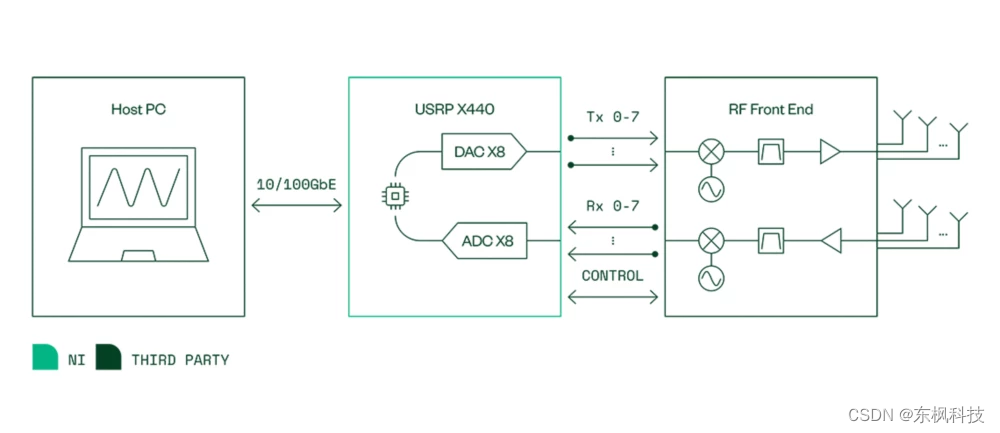
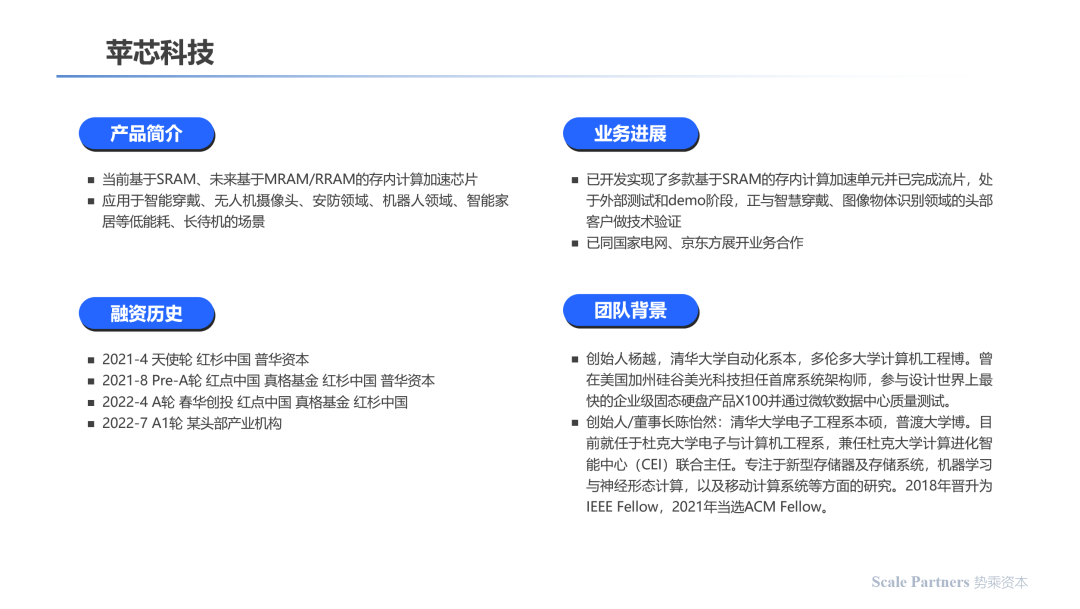


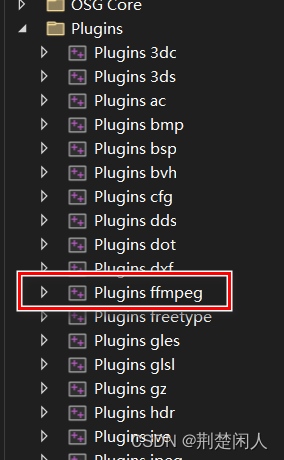

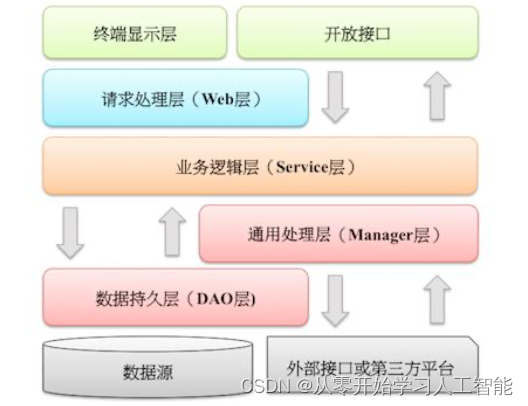



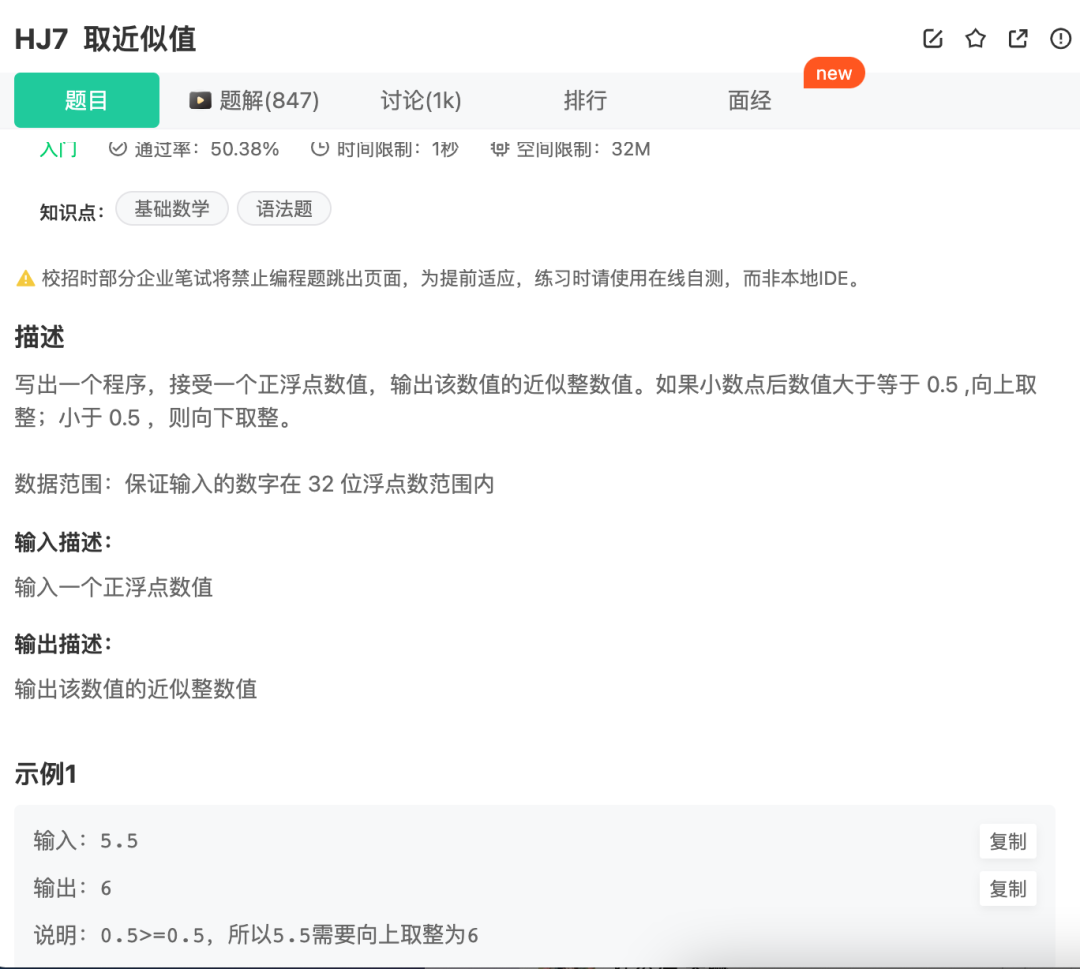


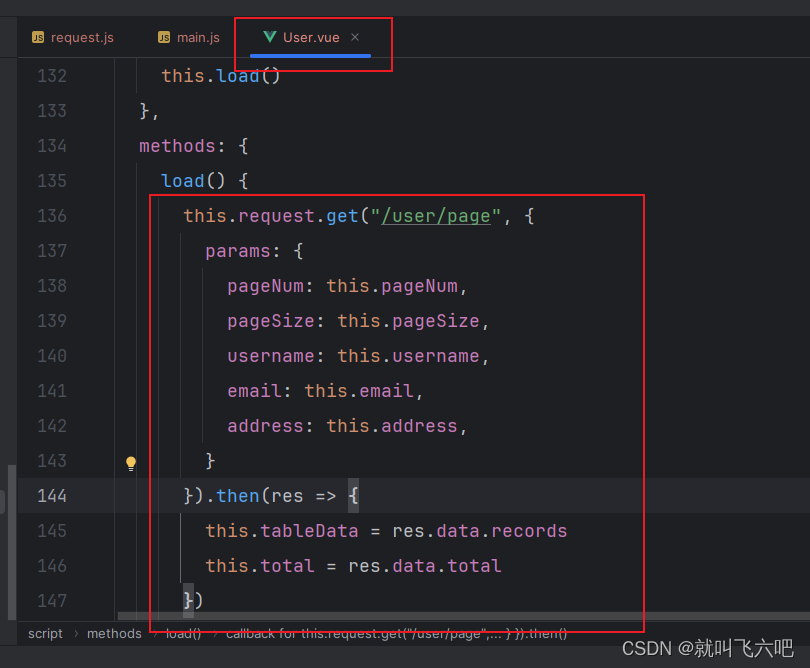
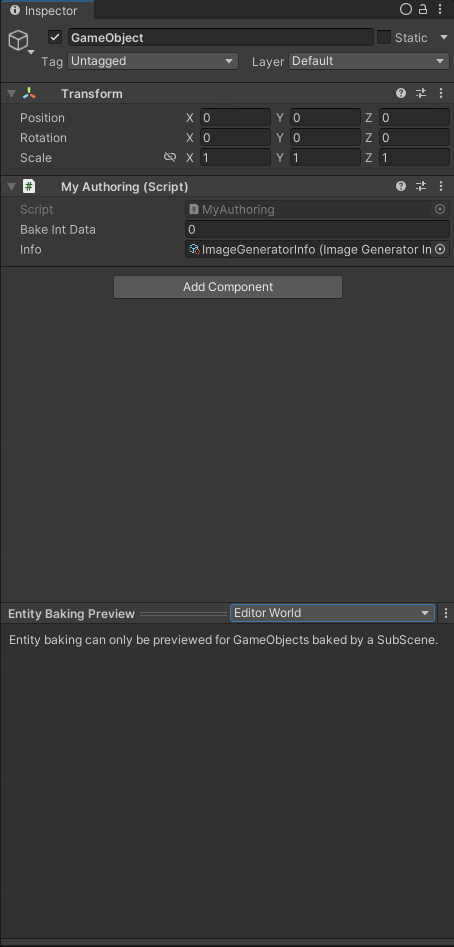
![[SWPUCTF 2021 新生赛]include](https://img-blog.csdnimg.cn/direct/5e36a8c8426a408d97af45254267aca2.png)

